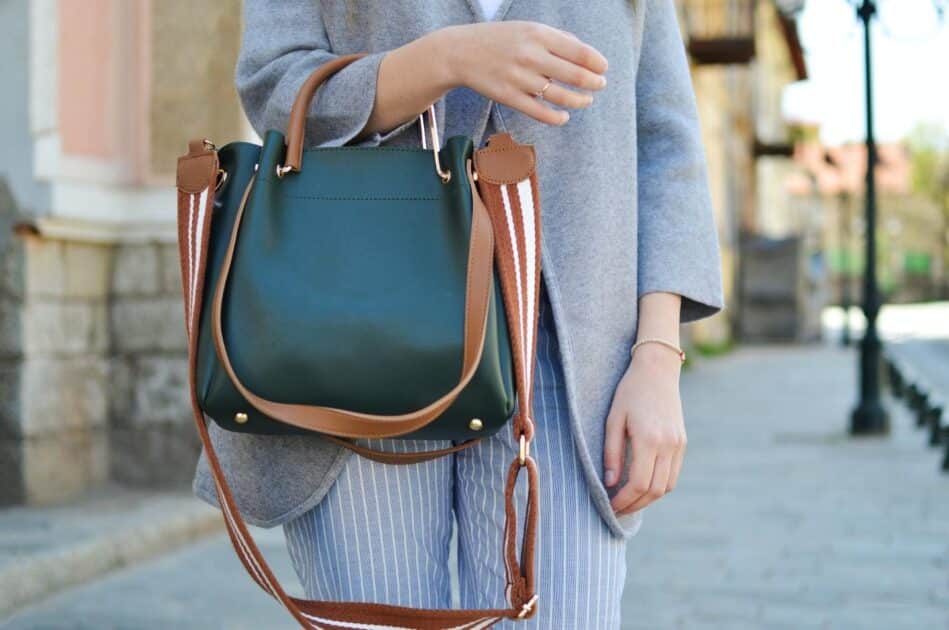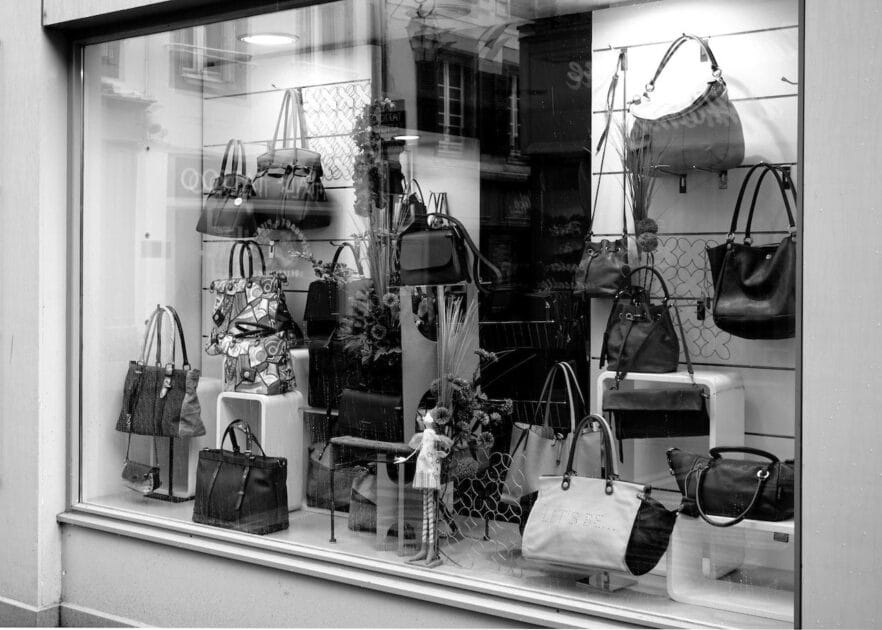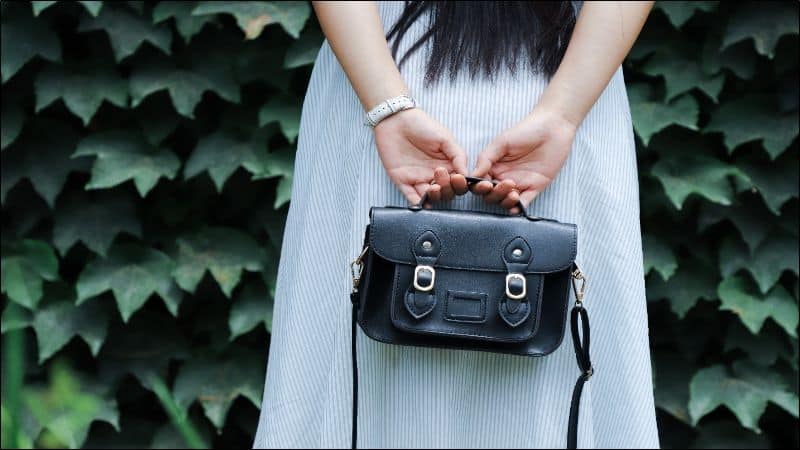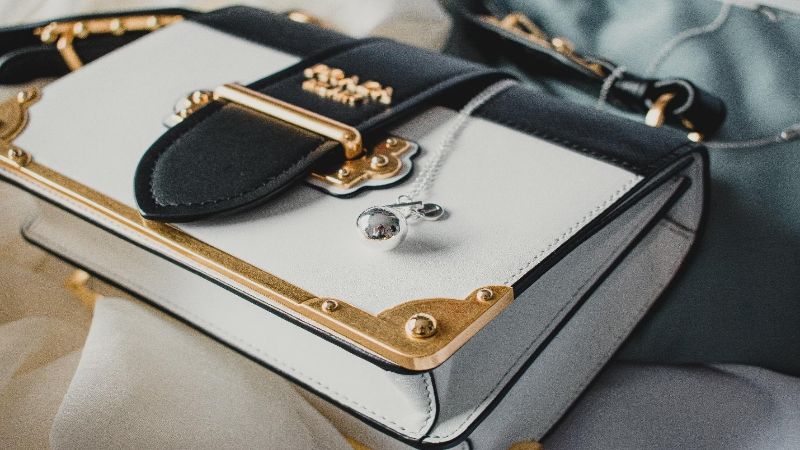You’ve just splurged on that dream leather handbag, and you’re determined to keep it looking as luxe as the day you bought it. Enter saddle soap, your handbag’s new best friend. This time-honored leather cleaner and conditioner is the secret to maintaining that supple, scratch-free finish.

But before you start, knowing the right way to apply saddle soap is key to avoiding any leather care mishaps. It’s not just about keeping your bag clean; it’s about preserving those buttery leather tones and textures that made you fall in love at first sight.
Understanding Saddle Soap
Saddle soap is not just a cleaning agent; it’s a conditioner for leather products. Originally designed for saddles, it’s now a go-to solution for a variety of leather goods. When you’re tackling the task of maintaining your leather handbag, it’s essential to understand what saddle soap contains and how it benefits your cherished accessory.
Most saddle soaps consist of a blend of mild soap and softening ingredients like lanolin or beeswax. This combination ensures your handbag gets a gentle yet thorough clean. Unlike harsh detergents that strip leather of its natural oils, saddle soap keeps your bag hydrated. It’s this hydration that maintains the leather’s flexibility and prevents cracking.
You may wonder – Is saddle soap suitable for all leather types? The answer predominantly is yes, however, you should always do a spot test. Some exotic leathers or colors may react differently. Apply a small amount to an inconspicuous area; then, if there’s no adverse effect, you’re good to go.
Remember that less is more when using saddle soap. You’re aiming for a light lather to remove dirt without oversaturating the leather. Overuse can lead to residue buildup, which attracts more dirt. Think of it as a delicate balance—you want to cleanse and moisturize without leaving a sticky film.
- Quick Tips:
- Choose a saddle soap that’s specifically designed for handbags.
- Use a soft, lint-free cloth to apply the soap.
- Work in a circular motion for even coverage.
- Allow your handbag to air dry naturally after cleaning.
Efficient use of saddle soap will rejuvenate your leather handbag and ensure it remains a statement piece for years to come. The right approach to cleaning preserves both the look and the life of your bag, keeping it as an elegant companion wherever you go.
Choosing the Right Saddle Soap
When you’re looking to maintain your leather handbag, picking the right saddle soap is crucial. Different formulas are designed for various leather types and uses. It’s about finding the one that suits your handbag’s specific material.
Check the Label – Always read the ingredients. You want a product with natural conditioners like lanolin or neatsfoot oil. These ingredients ensure the saddle soap not only cleans but also conditions your handbag, keeping the leather supple.
Handbag-Specific Products – Opt for saddle soaps that mention suitability for handbags or fine leather goods. They’re typically gentler and safe for the delicate, treated surfaces your bag may have.
Brand Reputation – Stick to well-known brands within the leather care industry. Check for user reviews and feedback; they’re invaluable in understanding how the product performs on similar leather goods.
Avoid Harmful Chemicals – Steer clear of saddle soaps that contain harsh chemicals or excessive amounts of water. These can damage the leather over time.
Here’s a quick checklist to consider:
- Natural ingredients
- Suitable for fine leather
- Positive reviews
- Free from harsh chemicals
Remember, your leather handbag is an investment, and using the right saddle soap is part of its maintenance regime. Take your time to choose wisely; your handbag’s longevity depends on it.
Preparing Your Leather Handbag
Before diving into the cleaning process, you’ll need to prep your leather handbag. Proper preparation is key to ensuring the saddle soap works effectively without damaging your accessory.
First, you’ll want to empty your handbag. Remove all items, checking all pockets and compartments. With an empty bag, it’s easier to reach every corner during cleaning. Next, gently dust off the surface to eliminate loose dirt or debris—use a soft brush or microfiber cloth for this step.
Test the saddle soap. Choose an inconspicuous area on the handbag to apply a small amount. Wait to see how the leather responds. If there’s no discoloration or damage, you’re good to proceed.
If your handbag has any metal accents or hardware, protect them by covering these areas with tape. Saddle soap can alter the finish of metallic components, so it’s best to keep them shielded.
Lastly, consider the environment. You’re going to need a clean, well-lit space. A stable work surface is also essential, as you’ll be applying varying degrees of pressure while cleaning. Make sure your area is free of potential stain-causing agents, and has sufficient ventilation—some saddle soaps can emanate strong odors.
« Handbag Elegance: Craft Perfect Sentences & Stand Out in Style
How Much Do Handbag Designers Make? Unveiling the Earnings Mystery »
With these steps, your leather handbag is prepped and ready for a thorough cleaning. Remember, regular maintenance using the right products keeps your handbag looking its best.
Applying Saddle Soap
Once you’ve prepped your leather handbag, it’s time to apply the saddle soap. Start with a small amount; you can always add more if needed. Rub the saddle soap into the leather in a circular motion, ensuring you create a light lather. This helps the soap penetrate the leather and lift any dirt or stains.
Work in Sections
Tackle one small area at a time. This method gives you control over the cleaning process and prevents the soap from drying out on the leather. Pay extra attention to areas that come into frequent contact with skin, like handles and straps, as they can accumulate more oils and dirt.
Use the Right Tools
For the best results, use a soft-bristled brush or a microfiber cloth for application. These tools are gentle on the leather’s surface and effective at distributing the soap evenly without scratching.
Keep It Light
Avoid soaking the leather. Too much water can damage the material. Your cloth or brush should be damp, not dripping, as you work the saddle soap into the handbag. After applying, wipe away excess lather with a clean, dry cloth.
Remember, saddle soap not only cleans but also conditions the leather. Don’t rush the process. Allow the soap to rest on the leather for a couple of minutes before you proceed to the next step—wiping it off. This short waiting period lets the conditioning agents work their magic on your handbag.
Buffing and Conditioning Leather
After you’ve allowed the saddle soap to rest on your handbag’s leather, buffing is your next move. Gently wipe away any excess soap using a clean, dry microfiber cloth. This cloth shouldn’t be the same one you used for application; swapping to a fresh cloth helps prevent redepositing dirt and grime back onto the leather.
Buffing isn’t just about cleanliness; it’s about luster too. Work in a brisk, circular motion. You’re not just cleaning—you’re also polishing the leather surface to bring back its natural shine. The friction you generate warms and rejuvenates the leather, helping it to absorb the conditioning agents.
When it comes to conditioning, it’s crucial not to overdo it. Leather conditioners are essential for maintaining the suppleness of your handbag, but too much can oversaturate and weaken the fibers. Use a dime-sized amount of high-quality leather conditioner. Spread it evenly over the handbag’s surface, allowing it to penetrate gently without forcing it.
Allow the conditioner to absorb naturally. This may take some time depending on the type of leather and the environmental conditions. Typically, 10 to 20 minutes should suffice. Afterward, a final buff with another clean cloth will remove any conditioner residue. The leather should now feel soft to the touch and have a slight sheen to it, signaling a well-conditioned state.
Remember that conditioning your leather handbag isn’t a daily task. Depending on the climate and how often you use the bag, a good rule of thumb is to condition it every three to six months.
Regular care with saddle soap and conditioner prolongs the life of your leather handbag, ensuring it remains a cherished accessory for years to come. Keep an eye on your handbag’s appearance and feel to judge when it’s time for another round of cleaning and conditioning.
Conclusion
Now that you’ve mastered the art of using saddle soap on your leather handbag, you’re well on your way to keeping it in pristine condition for years to come. Remember, gentle buffing and regular conditioning are your best friends in maintaining that luxurious leather look and feel. Don’t forget to mark your calendar for the next conditioning session, and always reach for a clean cloth to keep your handbag looking as chic as the day you bought it. Here’s to many more years of stepping out in style with your beautifully maintained accessory!
Frequently Asked Questions
What is the best way to use saddle soap on a leather handbag?
To use saddle soap on a leather handbag, apply a small amount of the soap using a damp cloth, work it into a lather on the leather, then wipe away excess soap with a clean, damp cloth.
After applying saddle soap, what should be the next step?
After applying saddle soap, buff the leather with a clean, dry cloth to remove any remaining soap and restore the handbag’s natural shine.
Why is it important to use a clean cloth for buffing?
Using a clean cloth for buffing is important to prevent redepositing dirt and grime back onto the leather, which can cause additional wear and reduce its lifespan.
How often should leather conditioner be applied to a handbag?
Leather conditioner should be applied to a handbag every three to six months to keep the leather supple and prevent drying or cracking.
What are the benefits of regular care with saddle soap and conditioner for leather handbags?
Regular care with saddle soap and conditioner helps prolong the life of a leather handbag by keeping it clean, moisturized, and protected, thereby maintaining its appearance and durability.










